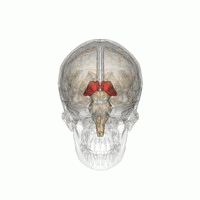IC GLASS
Member
That’s a really insightful observation! It’s fascinating how those sulfur bonds can create such distinct odors, like skunky or garlicky smells. Plus, using gypsum and sulfur as additives for things like powdery mildew makes a lot of sense in that context—nature has some clever ways to balance things out!Reasearhing terpene chemical compounds the oxygen hydrogen and carbon elements are consistant with all terpenes, the skunky and garlic, onion type all have S bond sulfur bond so it had to be present for that to manifest as a thiol or mercaptan or allicin type odor.
Gypsum is a additive I see suggested for helping with powery mildew and sulfur is a fungicide. So yeah it all makes great sense keen observation on your part.













![Figure 1 - Components of an MR scanner [2]. Figure 1 - Components of an MR scanner [2].](https://www.frontiersin.org/files/Articles/484603/frym-08-484603-HTML/image_m/figure-1.jpg)


![Figure 4 - Brain activity in dogs when they are expecting a reward [6]. Figure 4 - Brain activity in dogs when they are expecting a reward [6].](https://www.frontiersin.org/files/Articles/484603/frym-08-484603-HTML/image_m/figure-4.jpg)


